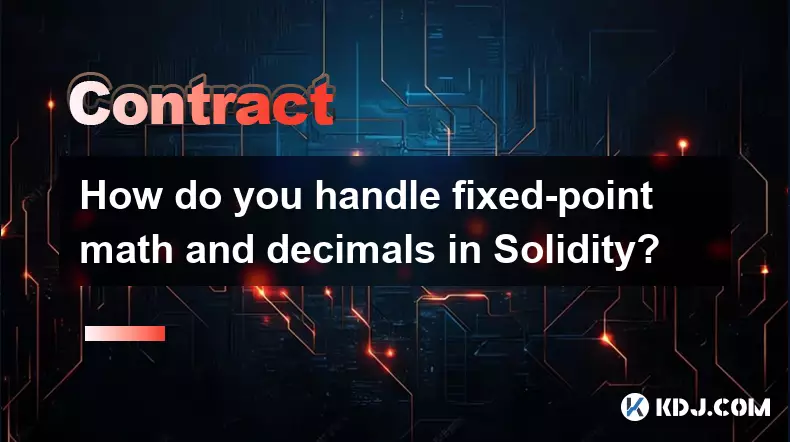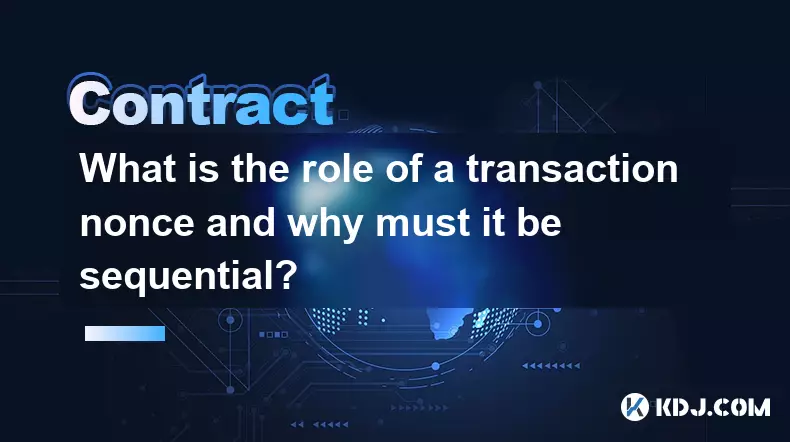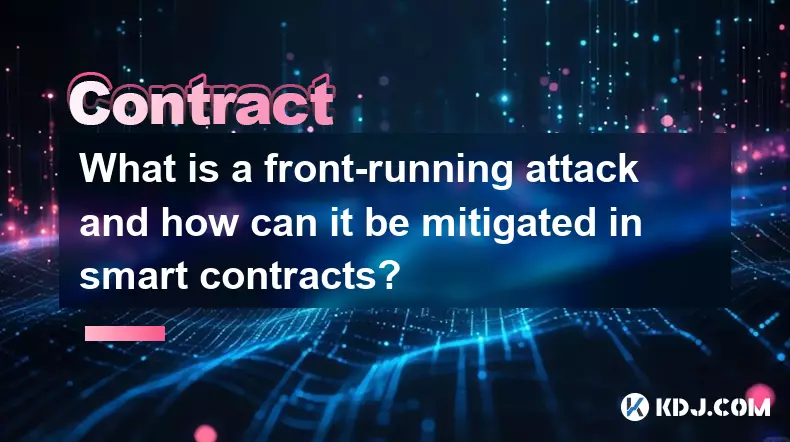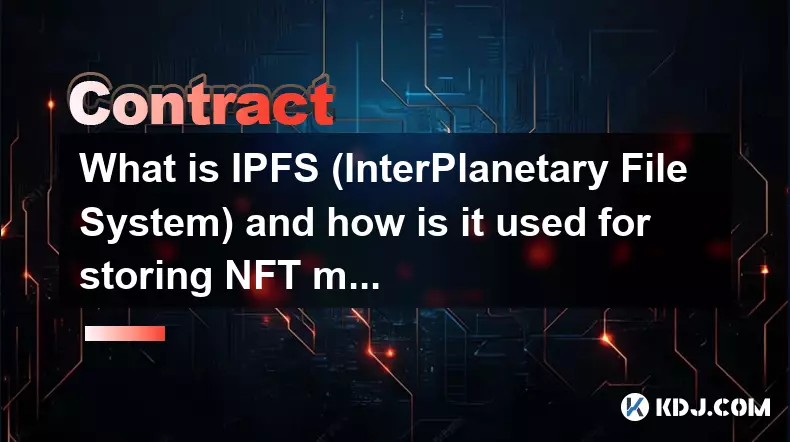-
 bitcoin
bitcoin $102877.190955 USD
1.88% -
 ethereum
ethereum $3430.435064 USD
4.52% -
 tether
tether $0.999264 USD
-0.05% -
 xrp
xrp $2.307310 USD
4.49% -
 bnb
bnb $987.740692 USD
3.82% -
 solana
solana $161.947760 USD
3.97% -
 usd-coin
usd-coin $0.999712 USD
-0.05% -
 tron
tron $0.292810 USD
2.93% -
 dogecoin
dogecoin $0.179738 USD
10.70% -
 cardano
cardano $0.580716 USD
8.75% -
 hyperliquid
hyperliquid $42.463448 USD
8.40% -
 chainlink
chainlink $15.763437 USD
7.05% -
 zcash
zcash $649.595636 USD
17.21% -
 bitcoin-cash
bitcoin-cash $511.610261 USD
7.19% -
 stellar
stellar $0.292537 USD
7.91%
How to get started with trading PEPE contracts for beginners?
PEPE contracts are high-risk, speculative derivatives driven by social sentiment, best traded with caution, limited leverage, and strict risk management.
Oct 21, 2025 at 09:00 am

Understanding PEPE Contracts and Their Market Behavior
1. PEPE is a meme-inspired cryptocurrency that operates on the Ethereum blockchain, classified as an ERC-20 token. Its value is highly speculative and driven largely by social sentiment, influencer activity, and viral trends rather than fundamental metrics.
2. Trading PEPE futures or perpetual contracts allows traders to speculate on price movements without owning the actual token. These contracts are offered on major derivatives exchanges such as Binance, Bybit, and OKX, often with leverage options ranging from 5x to 100x.
3. Due to its low price per unit—often fractions of a cent—traders can control large positions with relatively small capital. This amplifies both potential gains and risks, especially in volatile market conditions.
4. The trading volume of PEPE contracts tends to spike during periods of heightened attention on meme coins, typically triggered by events in crypto communities like Reddit, X (formerly Twitter), or celebrity endorsements.
5. Liquidity varies across platforms; top-tier exchanges generally offer tighter spreads and deeper order books, reducing slippage during entry and exit.
Setting Up for PEPE Contract Trading
1. Choose a reputable exchange that supports PEPE perpetual contracts. Verify whether the platform offers isolated or cross-margin modes, and ensure it provides risk management tools like stop-loss and take-profit orders.
2. Complete identity verification (KYC) if required. While some platforms allow limited access without KYC, full trading functionality usually requires account validation.
3. Deposit funds into your futures wallet using USDT or other accepted stablecoins. Avoid keeping large amounts on exchanges; use cold storage for long-term holdings.
4. Familiarize yourself with the trading interface. Practice placing limit, market, and conditional orders in a demo environment if available. Understand how funding rates work, as they impact holding costs over time.
5. Enable two-factor authentication (2FA) and monitor login activity regularly to protect your account from unauthorized access.
Developing a Risk-Aware Trading Strategy
1. Never trade with money you cannot afford to lose. Meme coin contracts are extremely volatile, and leveraged positions can result in total loss of margin within minutes during sharp reversals.
2. Start with minimal leverage—preferably below 10x—until you gain experience reading price action and managing open positions under stress.
3. Use technical analysis tools such as RSI, MACD, and volume profiles to identify overbought or oversold conditions. Candlestick patterns may help anticipate short-term reversals common in pump-and-dump cycles.
4. Set predefined entry and exit points before opening any position. Emotional decision-making leads to poor timing and increased losses, particularly when chasing momentum.
5. Monitor on-chain data and social metrics through platforms like Santiment or LunarCrush to gauge shifts in investor sentiment ahead of major price moves.
Common Mistakes to Avoid in PEPE Trading
1. Overleveraging is the most frequent cause of account blowups. High leverage magnifies losses just as much as gains, and liquidations occur rapidly when volatility spikes.
2. Ignoring funding rates can erode profits over time, especially when holding long positions during bullish fervor when funding is often positive and costly.
3. Following hype blindly without verifying sources increases exposure to coordinated manipulation. Pump groups and fake announcements spread quickly across messaging apps and forums.
4. Failing to set stop-loss orders leaves positions vulnerable to adverse moves during unexpected news events or whale transactions.
5. Neglecting to track multiple timeframes can lead to misaligned trades. A bullish signal on the 5-minute chart might contradict a strong downtrend visible on the 4-hour chart.
Frequently Asked Questions
What is the minimum amount needed to start trading PEPE contracts?Most exchanges allow trading with as little as $5–$10 worth of margin, depending on leverage and contract size. However, smaller accounts face higher relative risks due to volatility and fees.
How do funding rates affect my PEPE contract position?Funding rates are periodic payments exchanged between long and short traders. If rates are positive, longs pay shorts; if negative, shorts pay longs. Holding positions over extended periods accumulates these costs or benefits.
Can I trade PEPE contracts 24/7?Yes, crypto derivatives markets operate continuously, including weekends and holidays. This requires active monitoring or automated strategies to manage risk outside regular trading hours.
Are there tax implications for trading PEPE futures?Tax treatment depends on jurisdiction. In many countries, profits from derivatives trading are considered taxable income or capital gains. Traders should maintain accurate records of all transactions for reporting purposes.
Disclaimer:info@kdj.com
The information provided is not trading advice. kdj.com does not assume any responsibility for any investments made based on the information provided in this article. Cryptocurrencies are highly volatile and it is highly recommended that you invest with caution after thorough research!
If you believe that the content used on this website infringes your copyright, please contact us immediately (info@kdj.com) and we will delete it promptly.
- Ripple (XRP) in 2026: Hold or Fold? A Look at XRP's Future and Emerging DeFi Alternatives
- 2025-11-08 18:35:01
- Zcash ZEC Coin Price Explosion: From Privacy Niche to Center Stage
- 2025-11-08 18:55:01
- Berachain Price Prediction: Navigating the Honeycomb Hype in Crypto
- 2025-11-08 18:55:01
- Arthur Hayes, Gold, and Bitcoin: A Modern Monetary Trinity?
- 2025-11-08 19:15:01
- Shiba Inu's Next Move: Navigating a Shifting Market
- 2025-11-08 19:20:01
- Pakistan's Crypto Crossroads: Balancing Opportunity with Asset-Backed Realities
- 2025-11-08 19:20:01
Related knowledge

What is a state machine and how can a contract be designed as one?
Nov 08,2025 at 02:19pm
Understanding State Machines in Blockchain Context1. A state machine is a computational model used to design systems that transition between defined s...

How do you upgrade a smart contract using the UUPS proxy pattern?
Nov 09,2025 at 01:19am
Understanding the UUPS Proxy Pattern in Smart Contract DevelopmentThe UUPS (Universal Upgradeable Proxy Standard) pattern has become a cornerstone in ...

How do you handle fixed-point math and decimals in Solidity?
Nov 08,2025 at 11:40pm
Understanding Fixed-Point Arithmetic in Solidity1. Solidity does not natively support floating-point numbers, which means developers must rely on fixe...

What is the role of a transaction nonce and why must it be sequential?
Nov 09,2025 at 01:00am
Understanding the Transaction Nonce in Blockchain Systems1. A transaction nonce is a number used once, associated with a user's account in blockchain ...

What is a front-running attack and how can it be mitigated in smart contracts?
Nov 08,2025 at 11:20am
Understanding Front-Running in Blockchain Transactions1. In the context of blockchain and decentralized applications, a front-running attack occurs wh...

What is IPFS (InterPlanetary File System) and how is it used for storing NFT metadata?
Nov 08,2025 at 06:00pm
Understanding IPFS and Its Role in Decentralized Storage1. The InterPlanetary File System (IPFS) is a peer-to-peer hypermedia protocol designed to mak...

What is a state machine and how can a contract be designed as one?
Nov 08,2025 at 02:19pm
Understanding State Machines in Blockchain Context1. A state machine is a computational model used to design systems that transition between defined s...

How do you upgrade a smart contract using the UUPS proxy pattern?
Nov 09,2025 at 01:19am
Understanding the UUPS Proxy Pattern in Smart Contract DevelopmentThe UUPS (Universal Upgradeable Proxy Standard) pattern has become a cornerstone in ...

How do you handle fixed-point math and decimals in Solidity?
Nov 08,2025 at 11:40pm
Understanding Fixed-Point Arithmetic in Solidity1. Solidity does not natively support floating-point numbers, which means developers must rely on fixe...

What is the role of a transaction nonce and why must it be sequential?
Nov 09,2025 at 01:00am
Understanding the Transaction Nonce in Blockchain Systems1. A transaction nonce is a number used once, associated with a user's account in blockchain ...

What is a front-running attack and how can it be mitigated in smart contracts?
Nov 08,2025 at 11:20am
Understanding Front-Running in Blockchain Transactions1. In the context of blockchain and decentralized applications, a front-running attack occurs wh...

What is IPFS (InterPlanetary File System) and how is it used for storing NFT metadata?
Nov 08,2025 at 06:00pm
Understanding IPFS and Its Role in Decentralized Storage1. The InterPlanetary File System (IPFS) is a peer-to-peer hypermedia protocol designed to mak...
See all articles





















![The Graph Price Prediction [GRT Crypto Price News Today] The Graph Price Prediction [GRT Crypto Price News Today]](/uploads/2025/11/07/cryptocurrencies-news/videos/690d4df44fe69_image_500_375.webp)



















































